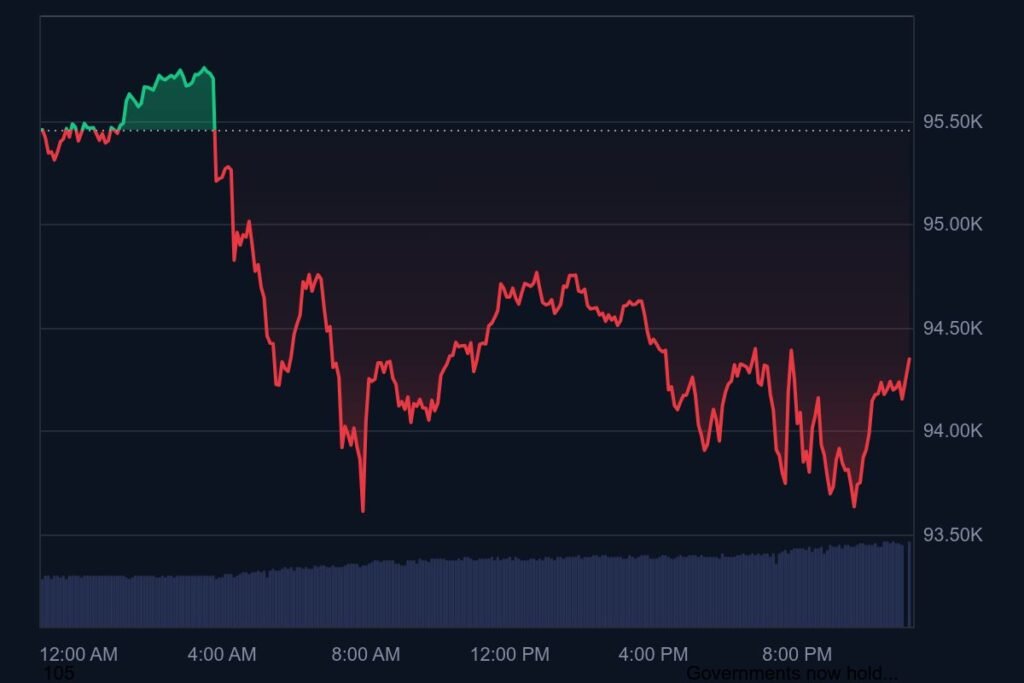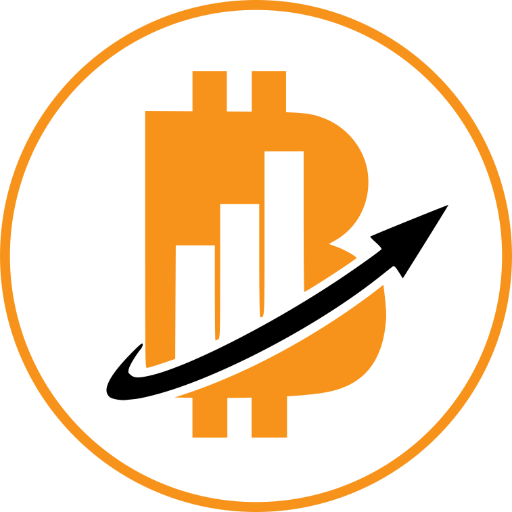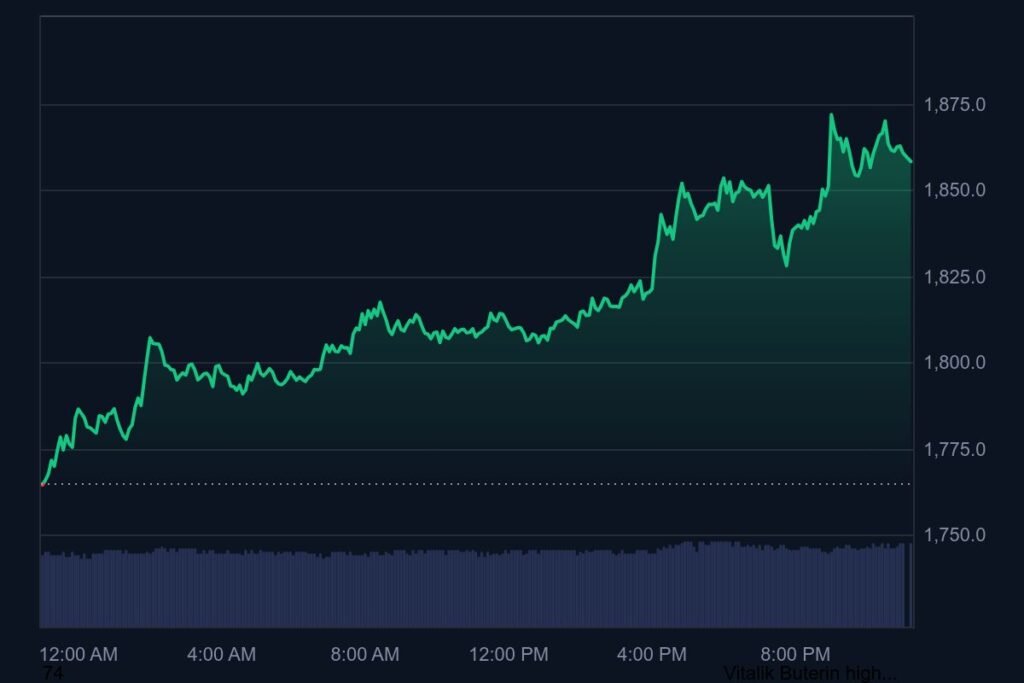Bitcoin Price, As of May 5, 2025 is trading at approximately $94,121, reflecting a slight decrease of 1.4% over the past 24 hours. Despite this minor dip, the cryptocurrency continues to exhibit resilience, bolstered by ongoing institutional interest and favorable market conditions.
Will Bitcoin Reach $100K Again Before June ?

Institutional Investments Fuel Confidence
Recent significant purchases by major firms underscore the growing institutional confidence in Bitcoin. Strategy, formerly known as MicroStrategy, acquired an additional 1,895 BTC for $180.3 million, bringing its total holdings to 555,450 BTC. Similarly, Semler Scientific invested $16.2 million to purchase 167 BTC, marking its entry into Bitcoin as a treasury asset.
Technical Outlook and Market Sentiment
Technical analyses indicate that Bitcoin is maintaining its position above key support levels, suggesting potential for upward movement. Analyst AltcoinGordon highlights a target of $220,000, citing strong technical signals. Additionally, Crypto Rover notes that Bitcoin’s price action is consolidating near critical support, signaling an imminent move.
Future Projections
Looking ahead, various analysts project significant growth for Bitcoin Price. Standard Chartered anticipates a price of $200,000 by the end of 2025, while Fundstrat’s Tom Lee forecasts a rise to $250,000, driven by increased institutional adoption and favorable regulatory developments.
Conclusion
Bitcoin’s current stability above $94,000, coupled with substantial institutional investments and optimistic forecasts, suggests a positive outlook for the cryptocurrency. As market dynamics evolve, Bitcoin remains a focal point for investors seeking exposure to digital assets.
The Bitcoin price or The price of BTC seems to be stable for now but hopes are high as May is just getting started.
YOU MIGHT ALSO LIKE: Curve Finance’s X Account Hacked to Promote Fake CRV Airdrop


















